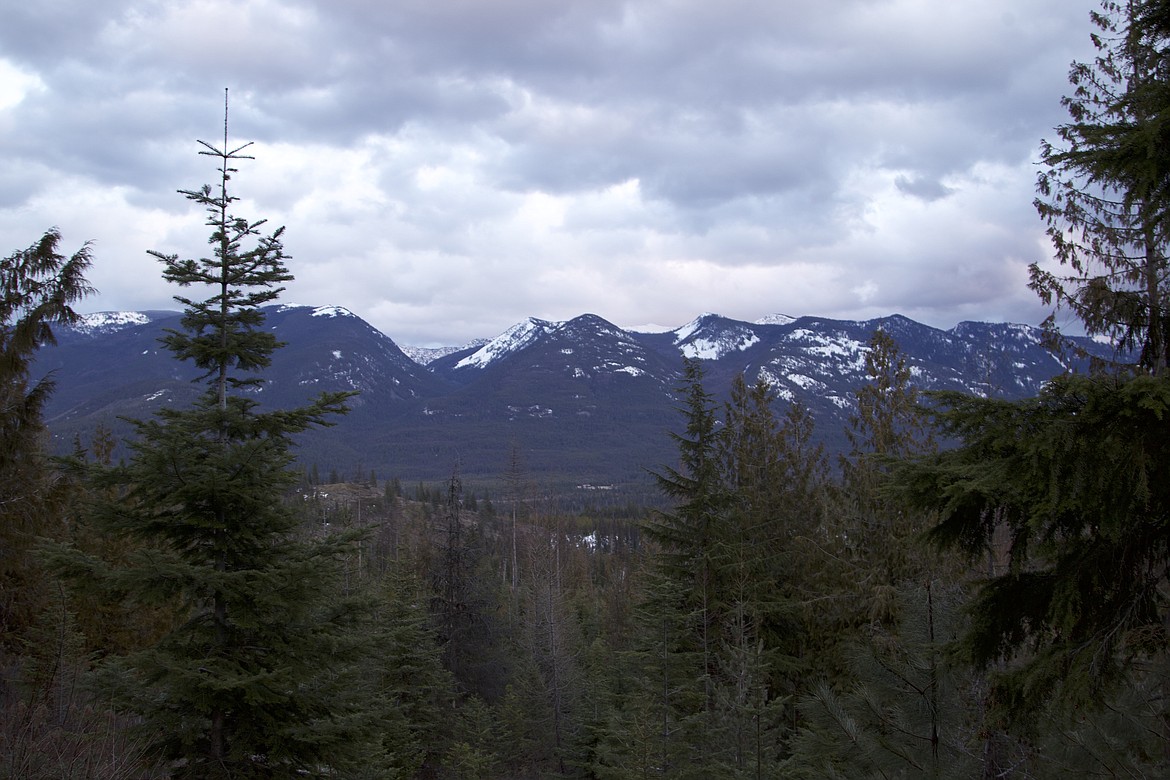Forest officials eye potential projects
The Kootenai National Forest is set to receive another boost in federal funding courtesy of the Great American Outdoors Act.
Nine projects within the forest — and a total of 54 across the state — are set to receive funding in fiscal year 2021 through the act...
Become a Subscriber!
You have read all of your free articles this month. Select a plan below to start your subscription today.
Already a subscriber? Login



